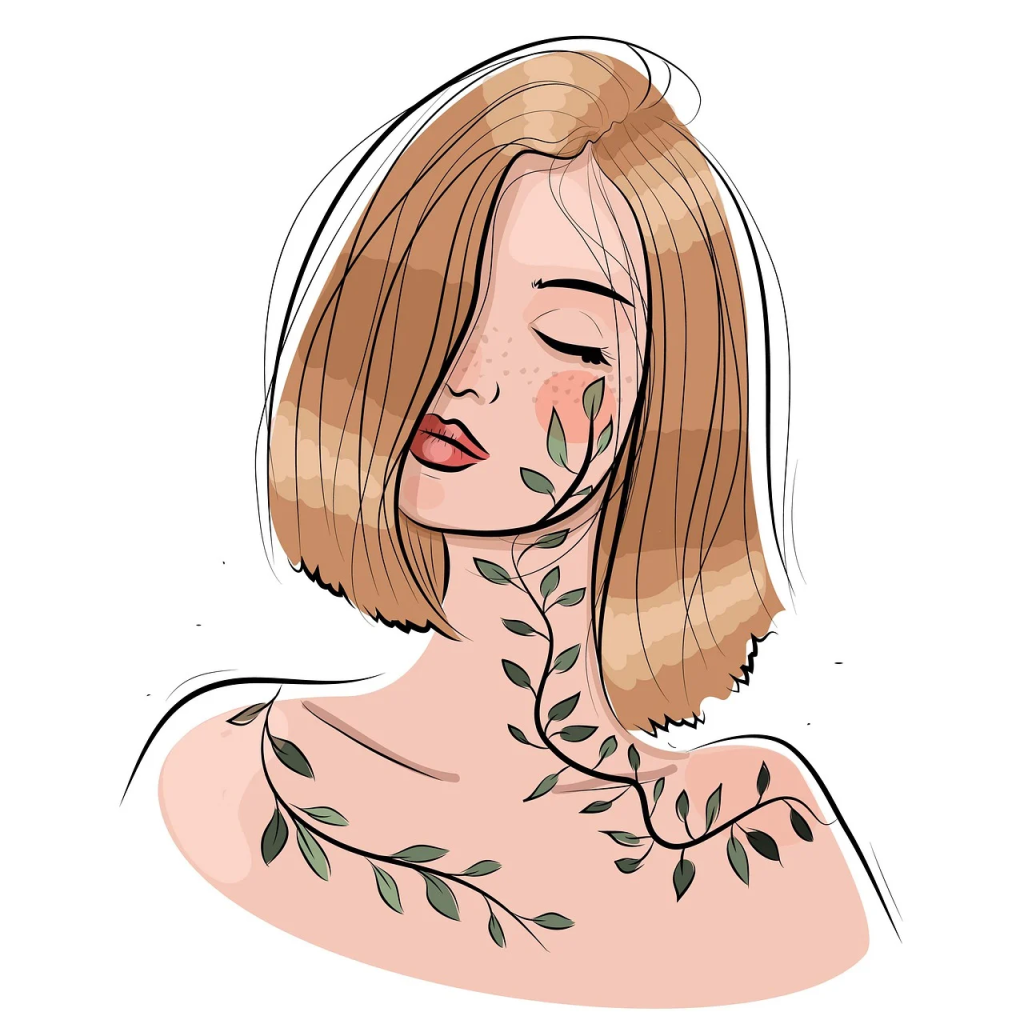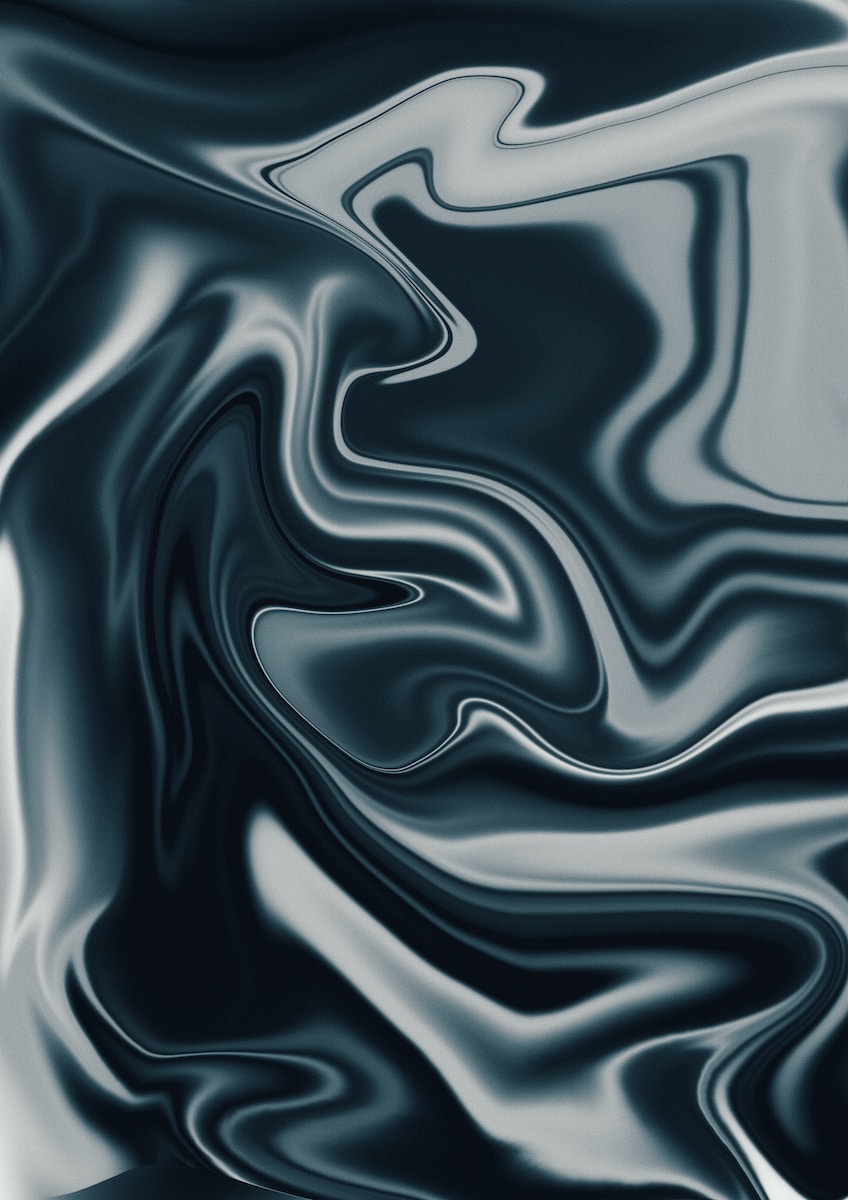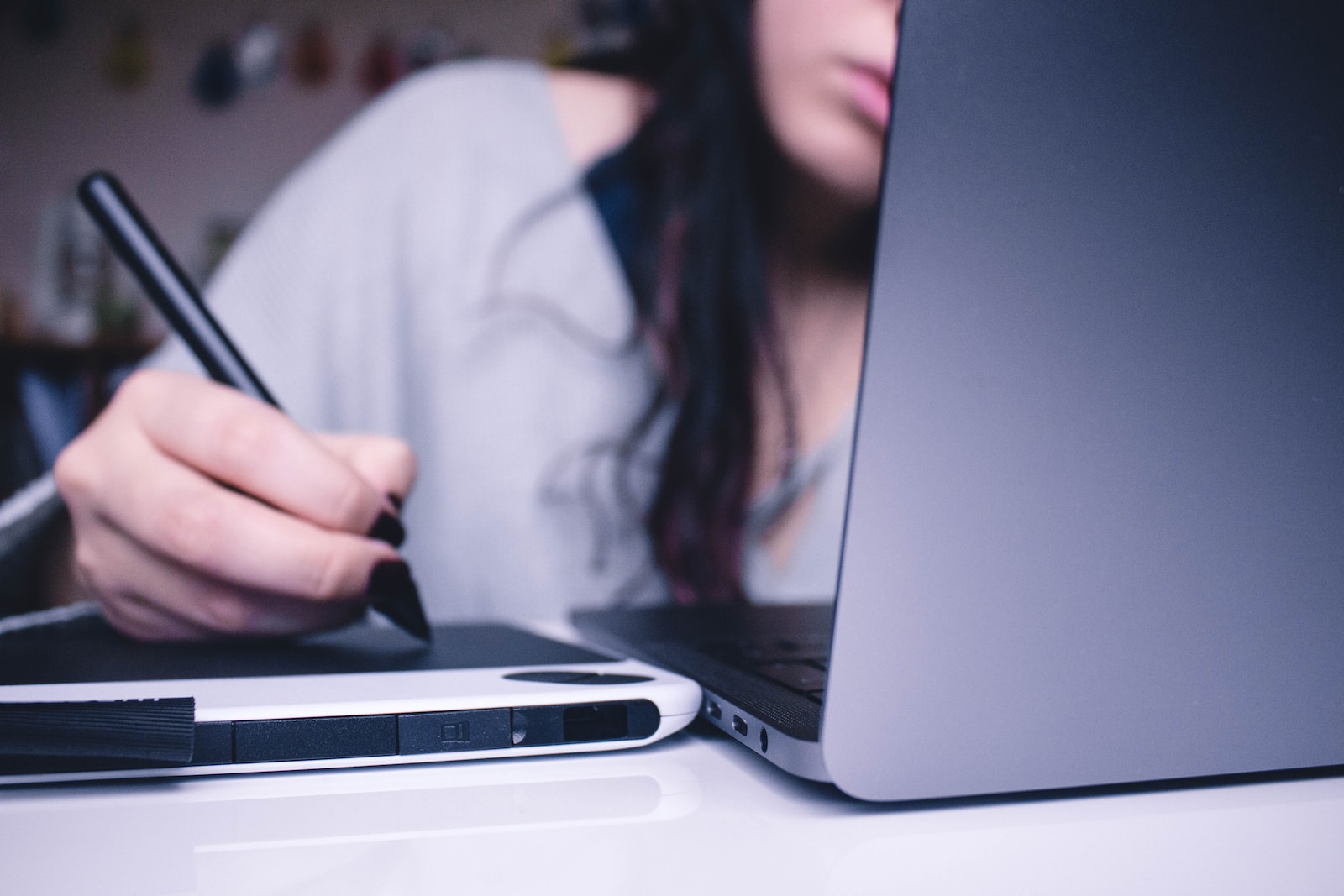Hello, fellow creatives! I hope you’re all embracing the art of ethical spending as you navigate your creative journeys. In today’s blog post, we’re diving headfirst into a subject that can elevate your digital artwork to a whole new level – brush mastery. Sure, you might be thinking, “Why does a blog about ethical spending care about digital brushes?” Well, folks, think of it this way: the more we know about optimizing our tools, the more we can squeeze out of every hard-earned dollar. Let’s get into it, shall we?
The Magic of Brushes
Whether you’re a digital painter, illustrator, or just a hobbyist looking to explore the endless possibilities of digital art, you know that brushes are the heart and soul of your creative process. They’re like wands in the hands of a wizard, allowing you to create textures, effects, and atmospheres that can transport your audience to entirely new realms.
But, just like a wizard needs to know the right incantations, you, dear artist, need to know how to tweak your brushes to perform magic on your canvas. Let’s roll up our sleeves and get into the nitty-gritty of brush settings, shall we?
Bristles and Blending: The Basics
Before we start wielding our digital wands, we need to understand the fundamentals of brush settings. Think of these settings as your wand’s core – they determine how your brush behaves and interacts with your canvas.
Brush Shape:
The shape of your brush lays the foundation for your work. You can opt for a soft round brush for smooth blending or a textured one for a grittier look. Remember, there’s no one-size-fits-all brush shape. Experiment, and find what suits your style best.
Size and Opacity:
These are the bread and butter of brush settings. Adjusting the size and opacity of your brush can drastically change the outcome of your strokes. Smaller brushes with lower opacity are great for fine details, while larger brushes with higher opacity are ideal for broad strokes.

Flow and Hardness:
Flow controls the rate at which paint is applied, while hardness determines the brush’s edges. A low hardness setting results in softer edges, perfect for blending, while high hardness gives you more defined strokes.
Spacing and Scatter:
These settings can make your brush behave in unique ways. Spacing controls the gaps between brush marks, and scatter creates a randomized effect. They’re excellent for achieving organic textures like fur or foliage.
Transfer and Smoothing:
Transfer controls how your brush interacts with pressure sensitivity on your device, allowing for natural transitions in brush strokes. Smoothing can help stabilize shaky hands and create smoother lines.
Realistic Effects: Unleash Your Inner Sorcerer
Now that we’ve got the basics down, let’s talk about how to harness the power of brush settings for some truly realistic effects.
Textures and Grains
Imagine painting a landscape with lush, grassy fields or a pebble-covered beach. To achieve these realistic textures, you can experiment with custom brushes that mimic these surfaces. Adjust the brush shape, spacing, and scatter to create the illusion of natural textures. For instance, a dry brush with low opacity can emulate a soft, fluffy cloud, while a grainy, textured brush with high opacity can create the look of a rocky mountain.
Blending and Shading
When it comes to realistic shading, the right brush settings can be your best friend. Utilize a soft round brush with low hardness to blend colors seamlessly. Adjust opacity and flow to build up shadows and highlights gradually, achieving a soft, natural transition between different shades. It’s all about subtlety and finesse here.
Impasto and Texture
Impasto is a technique where paint is applied thickly to create a textured, three-dimensional effect. To achieve this in digital art, you can experiment with brush size, opacity, and flow. Start by applying strokes with a thick brush, then gradually add smaller strokes on top to build up the texture. Adjusting the brush’s scattering can also create a more dynamic impasto effect.
Skin Tones and Portraits
Creating realistic skin tones in portraits can be a challenge, but the right brush settings can make all the difference. A soft round brush with low opacity is your best friend for subtle blending. Vary the brush size to work on details like the eyes and lips. Remember, skin isn’t flat; it has natural variations and imperfections, so don’t be afraid to introduce some randomness to your brush settings to achieve that authentic look.

Custom Brushes: Craft Your Artisanal Wands
Just like a wizard tailors their wand, you can craft custom brushes to suit your unique artistic needs. Most digital art software allows you to create and import brushes, giving you the power to design brushes that work precisely the way you want.
Here’s a quick guide on creating custom brushes:
Start with a base brush: Choose an existing brush that’s close to what you need.
Tweak the settings: Adjust the size, shape, opacity, and scattering to match your vision.
Experiment: Play with different settings to create variations of your custom brush. Remember, each variation can have a specific use.
Save your brushes: Most software will allow you to save custom brushes for future use. Organize them in a way that makes sense to you.
By creating your own brushes, you’re essentially forging your artistic wands – and with great power comes great creative responsibility.
The Art of Ethical Brush Spending
As we embrace ethical spending in our creative endeavors, it’s essential to be mindful of the resources we consume. Brushes, just like any other tools, come with a cost. Some brush packs may be overpriced, overhyped, or filled with brushes you’ll never use. Here’s how to approach brush spending responsibly:
Start with free resources:
Many talented artists generously offer their brushes for free. Explore these resources and only invest in brushes if you can’t find what you need in the free collections.
Research before you buy:
Before purchasing any brush pack, read reviews and do your due diligence. Ensure it aligns with your artistic goals.
Support independent artists:
If you decide to invest in brushes, consider buying from independent artists or creators who deserve your support. It’s a win-win; you get great brushes, and they get fair compensation for their work.
Avoid impulsive purchases:
Resist the urge to splurge on brushes you may never use. Focus on acquiring brushes that align with your style and immediate project needs.
Conclusion: Your Brush Odyssey
Just like the great philosophers pondered life’s mysteries, artists ponder the mysteries of brushes. Brush mastery is an ever-evolving journey, and the settings are your philosopher’s stone, your magical elixir, and your artist’s compass. Embrace the trial and error, the happy accidents, and the moments of pure creative serendipity.
By delving into brush settings, we’re not just refining our artistic skills; we’re practicing the art of ethical spending too. As you continue to weave your creative tapestry, remember that your digital brushes are tools, and the magic truly happens when you wield them with intent and expertise.
So go forth, dear creatives, and paint your world. Craft your wands, breathe
















Got a Questions?
Find us on Socials or Contact us and we’ll get back to you as soon as possible.